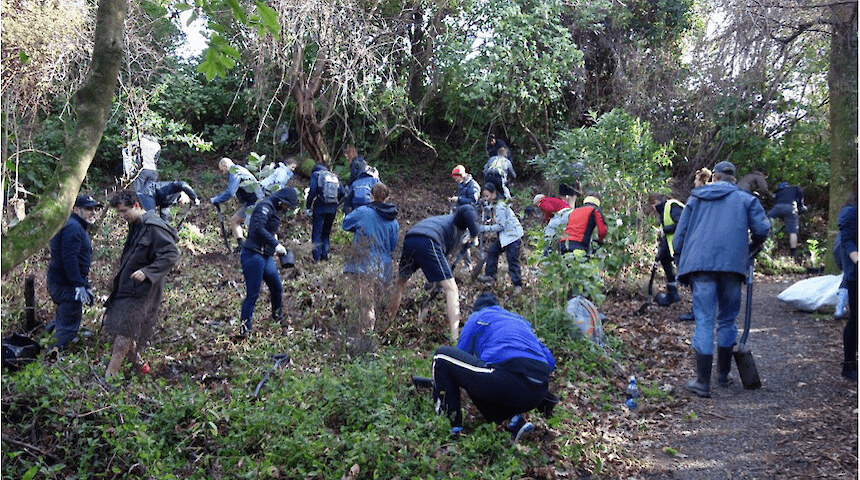Kumutoto stream was the first stream to be culverted in Wellington city in the late 1800s. Before this it was very significant place for Te Āti Awa iwi. It was part of Kumutoto pā (settlement). Pre 1840’s, Kumutoto Stream was a large, free-flowing, and abundant river that formed part of the Kumutoto pā (settlement). The river was an important food and irrigation source; it was used for naming rituals; and most notably, a portion of the stream was considered tapu (restricted) for birthing practices. The name Kumutoto reflects the stream’s relationship to birthing. It translates to “bleeding from the behind”, which reflected the infliction of hemorrhoids that were often experienced by women giving brith. The name also performed a secondary purpose; those who were told the name would know the stream was tapu and thus would not venture into it without consent.
Kumutoto Forest is a project which is linked into the international organisation ‘The Society of Conservation Biology (SCB)’. Kumutoto is part of three projects under the Wellington Chapter which is the only SCB chapter in New Zealand. The group is also closely linked into the University and the ngahere has been used as a study site for students from many different departments including ecology, film, and law.
Currently there are 27 traps which we regularly check. We also host regular working bees to plant trees, pull out weeds and remove rubbish.









